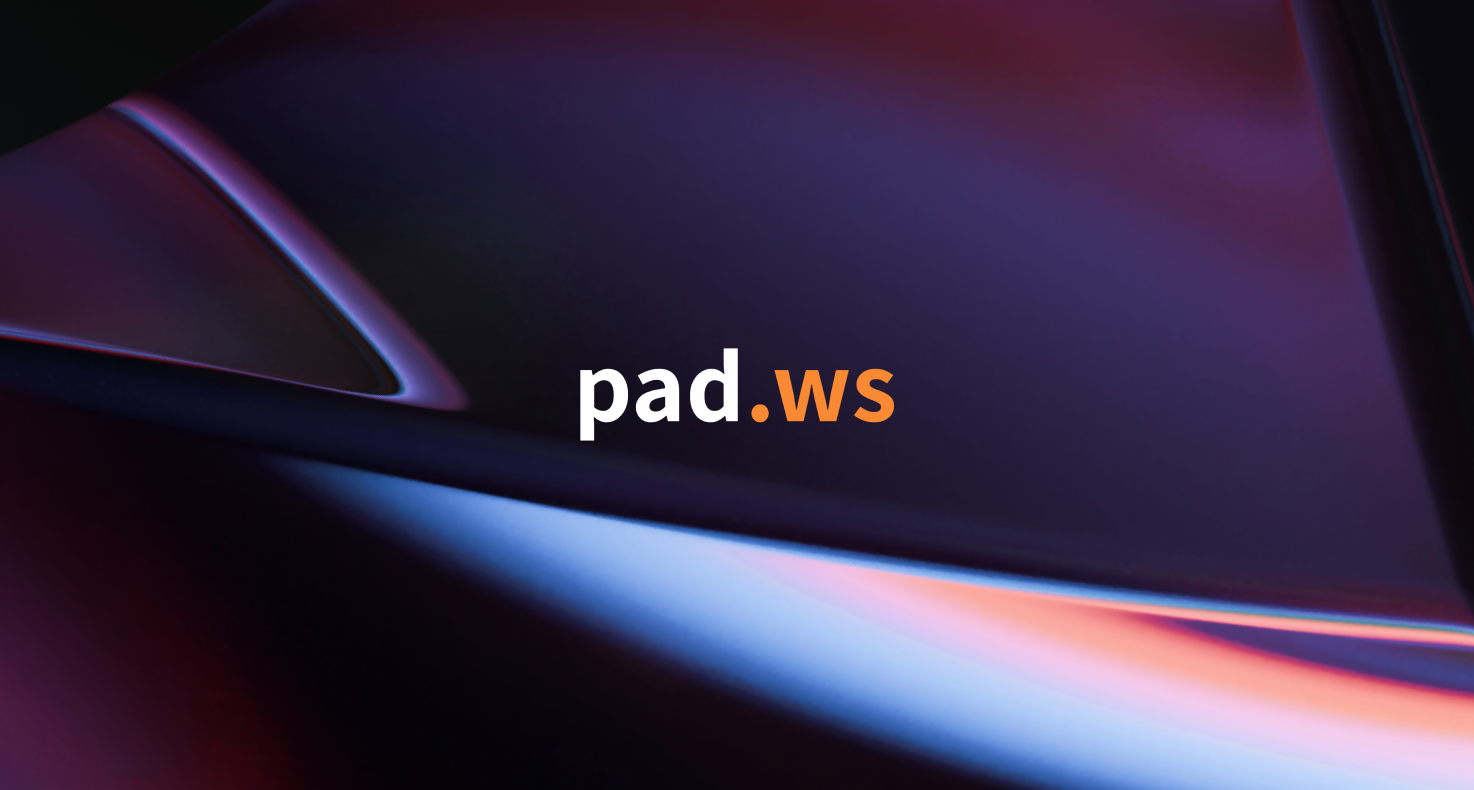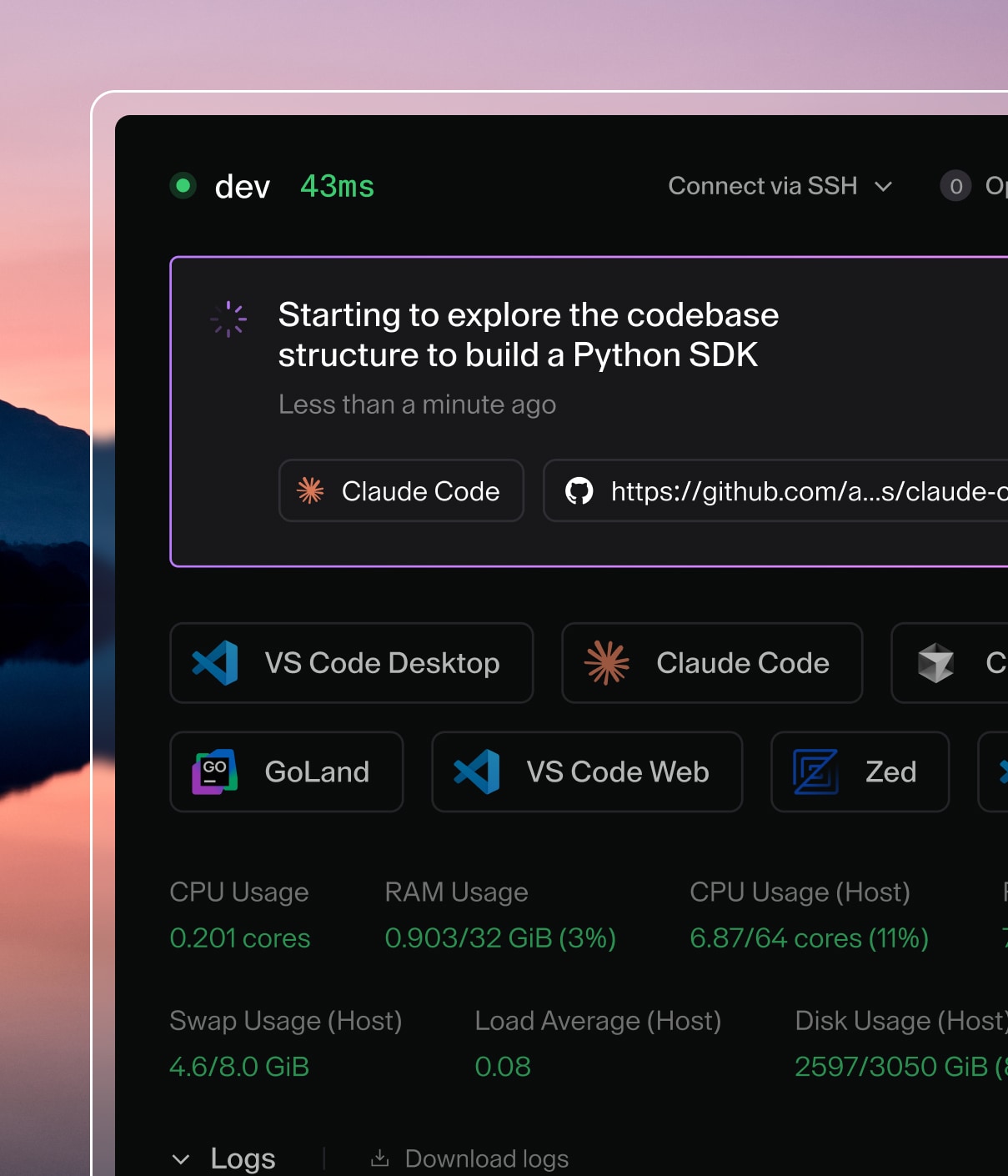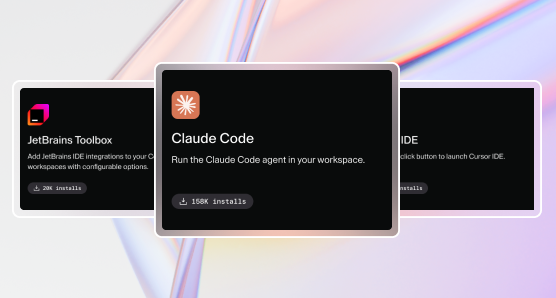
How pad.ws Merges Diagrams, Code, and AI to Innovate Cloud Development with Coder
pad.ws, built with Coder, merges diagrams, code, and AI into one cloud workspace—so teams can collaborate and ship faster. It’s an open-source solution with over 2,000 GitHub stars and growing.
Innovation in software development doesn’t always start in a lab or boardroom. Sometimes, it begins with a kid building redstone contraptions in Minecraft. For Romain Courtois, the creator of pad.ws, that journey began with a passion for Minecraft and led to the creation of a tool that’s reshaping how developers approach cloud‐based coding. pad.ws is described by Courtois as a “whiteboard IDE,” uniquely combining visual design tools with cloud development, offering a fresh perspective on collaborative coding and project visualization.
From Minecraft to Coding
Romain Courtois’s path to becoming a software innovator is as unconventional as it is inspiring. “I’m your basic Minecraft kid,” Courtois admits, reflecting on his early days spent building elaborate structures and redstone contraptions in the popular sandbox game. “Yeah, I think the redstone was what started it all,” he adds, underscoring how those simple logic circuits ignited his passion. Those early experiments, with blocks and logic, sparked a curiosity about systems and design that would later find its way into production software.
The turning point in Courtois’s journey came when he enrolled in 42, a unique, tuition free coding school in France. Unlike traditional educational institutions, 42 operates on a peer‐to‐peer learning model, devoid of formal lectures or fixed schedules. “Usually Google is your friend, but in 42, your friend is Google,” he jokes, emphasizing how students rely on each other, and online resources, to solve problems together. That collaborative, project‐driven environment instilled in Courtois a deep appreciation for community‐driven development, open‐source principles, and values that would later influence pad.ws’s design and distribution.
Learning at Scale
After graduating from 42, Courtois joined Salesforce, then Heroku, where he managed “millions of databases at once” and gained firsthand experience with large‐scale, mission‐critical infrastructure. “My team of engineers was absolutely great,” he recalls, “but I realized corporate life wasn’t for me. I was drawn to entrepreneurship and building my own tools rather than maintaining someone else’s.” That period sharpened his understanding of reliability, scalability, and DevOps best practices, all of which would inform his later work.
Challenges: Disconnected Planning and Coding
Courtois noticed a persistent gap in the development process: the disconnect between high‐level planning and hands‐on coding. Teams would sketch architectures on physical whiteboards or use design apps, then switch to IDEs to write code, juggling multiple contexts and fighting “it works on my machine” issues. Local environments were often inconsistent, slow to set up, and underpowered for modern workloads like AI/ML training.
“I wanted something more reliable and seamless,” Courtois explains. He explored solutions such as GitHub Codespaces and self‐hosted Code-Server, but each fell short on customization or ease of use. He envisioned an environment where diagrams and code live side by side, powered by cloud resources and accessible through a browser.
Solutions: Discovering Coder
That vision led Courtois to Coder. “One day, after building about 10% of Coder’s features myself, I thought, ‘Maybe I should look into Coder, it already does what I want,’” he says. What hooked him was Coder’s self-hosting flexibility, Terraform-defined workspaces, and robust UI: “I never had a single issue updating my templates… that dashboard is so good.” With Coder’s infrastructure-as-code approach, he could preconfigure every workspace, tools, libraries, databases, and credentials, ensuring consistency across his team.
Building pad.ws with Coder
Courtois teamed up with co-founder Alex Tyrode to build pad.ws using Coder's technology. This allowed them to create and dispose of more than 11,000 development instances while prototyping, something that would have been a nightmare with traditional approaches. This let them try new avenues without the headaches of local setup configuration or environments that grow separately over time
“When you edit your template, there’s no save button,” Courtois notes. “If I’m happy, I just build it, that’s how I save.” That simplicity and repeatability freed them to iterate quickly and focus on product features rather than environment maintenance.
The Whiteboard IDE: Merging Canvas and Code
At its core, pad.ws is a “whiteboard IDE.” It offers an infinite canvas where teams draw system architectures, flowcharts, and data models, then immediately switch to a cloud-powered code editor within the same interface. No context switching, no lost sketches, no manual environment setup.
pad.ws also integrates AI agents to boost development. “AI can 10x you, but you can 10x the AI if you give it the right context,” Courtois observes. Developers can snap a screenshot of their diagrams and feed it to an AI model, asking for suggestions, missing components, or even scaffolding code generation. Because the AI has access to both the visual design and the live codebase, its recommendations are far more relevant and actionable.
Community Response and Impact
pad.ws launched as an open-source project on GitHub. Within a month, the repo garnered over 2,000 stars, a testament to the appeal of its vision. “I understand that people are convinced by the vision more than by the product so far,” Courtois admits, recognizing that pad.ws is still maturing but that its potential has clearly resonated.
What’s Next?
Courtois has two priorities for the roadmap:
- Multiplayer Collaboration Allow multiple developers to work within the same canvas and workspace in real time, increasing the potential for beneficial outcome.
- Flexible Hosting Options Offer a hosted SaaS tier for teams who want turnkey cloud workspaces, while keeping the self-hosted MIT-licensed edition free and open-source.
Advice for Future Builders
Courtois keeps it simple:
- “Just go open source. Just do it.” Open-source releases foster community feedback, contributors, and trust.
- “Just ship it.” Don’t wait for perfection. Release early, gather real-world feedback, and iterate rapidly.
Courtois’s journey includes building redstone circuits in Minecraft, peer learning at 42, large-scale infrastructure at Salesforce and Heroku, and now, entrepreneurial product building with Coder. His work brings visual design, software development, and AI together in a single developer experience that helps teams build faster, experiment more freely, and easily pair program in the cloud.
His journey shows how curiosity, community, and cloud technology can lead to real impact, with pad.ws as proof: an open-source “whiteboard IDE” that turns diagrams into code and ideas into real change.


